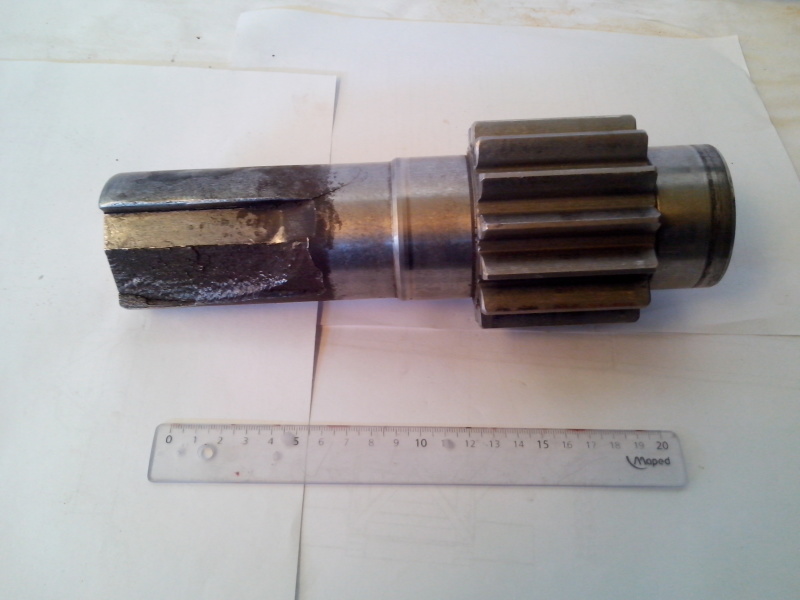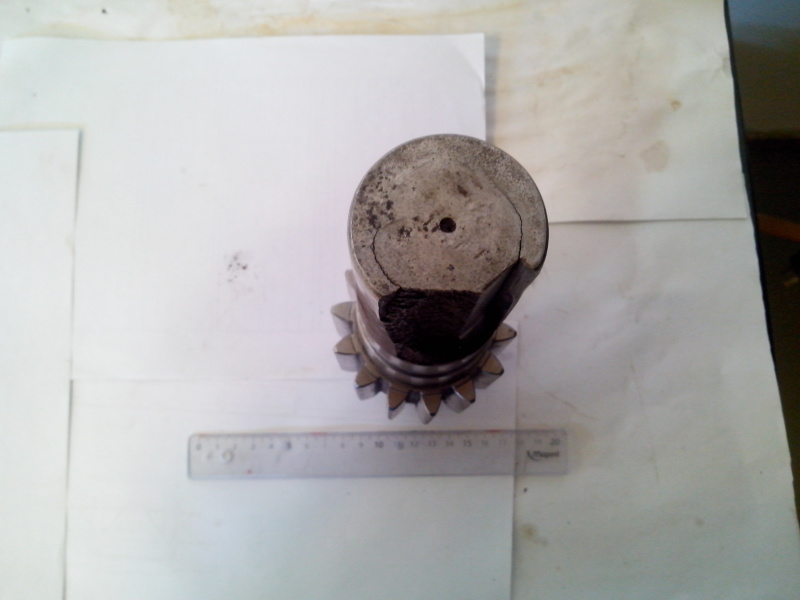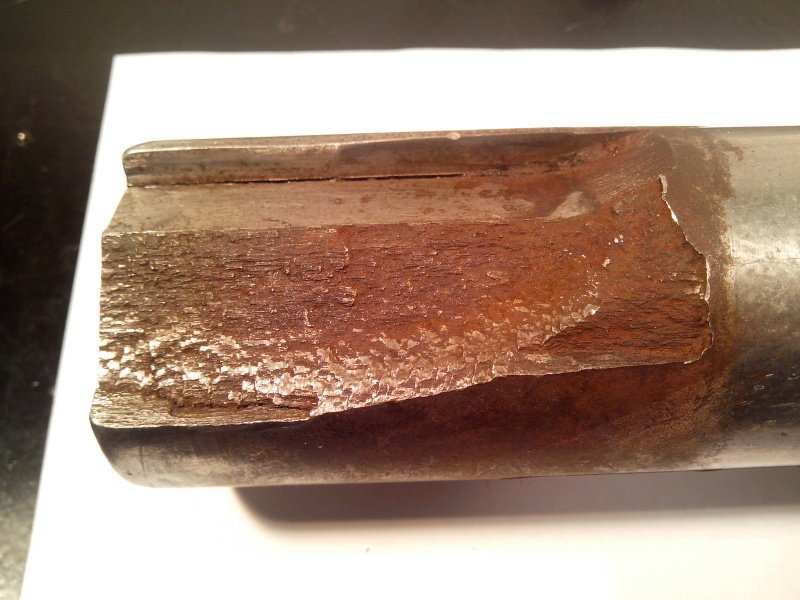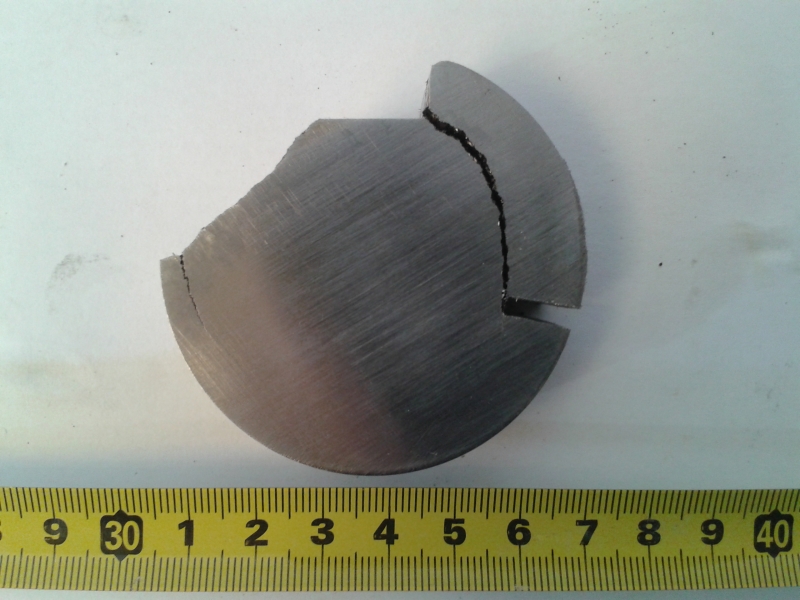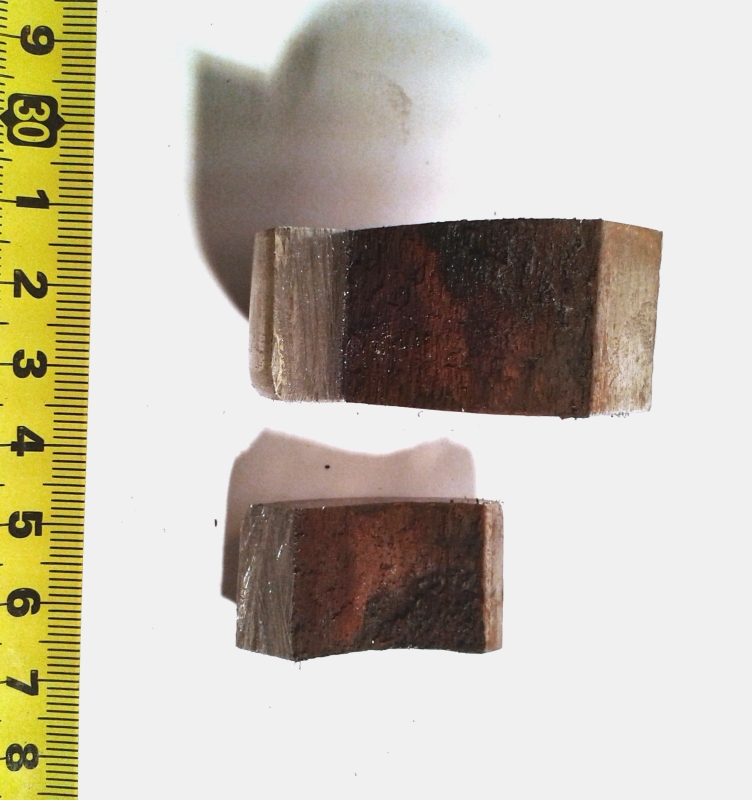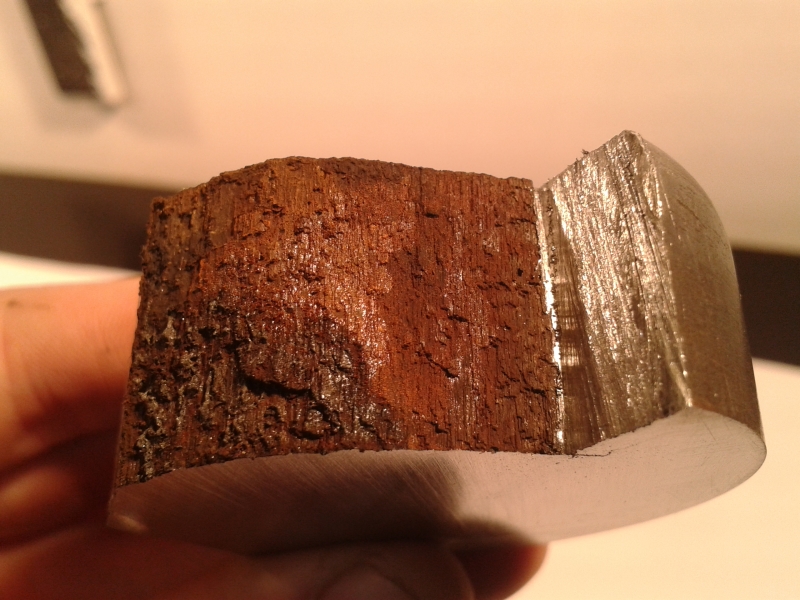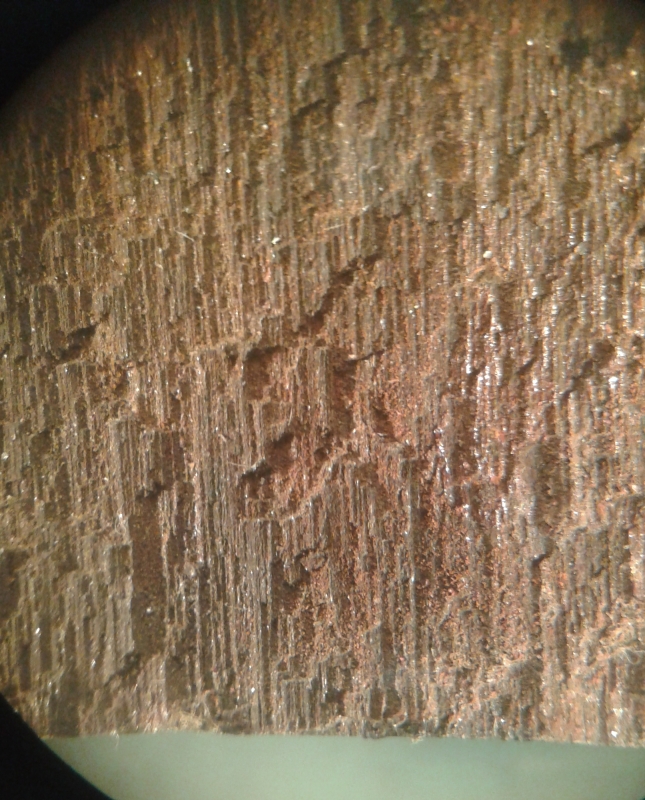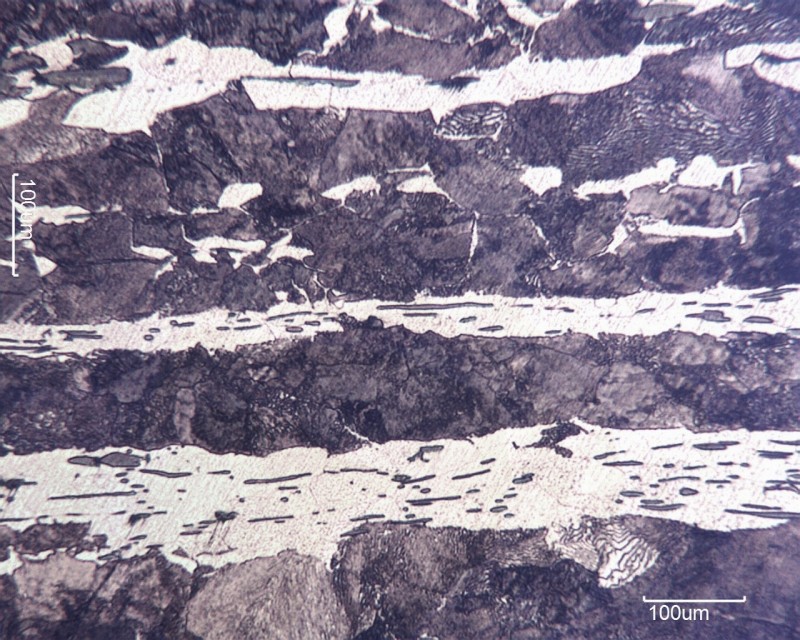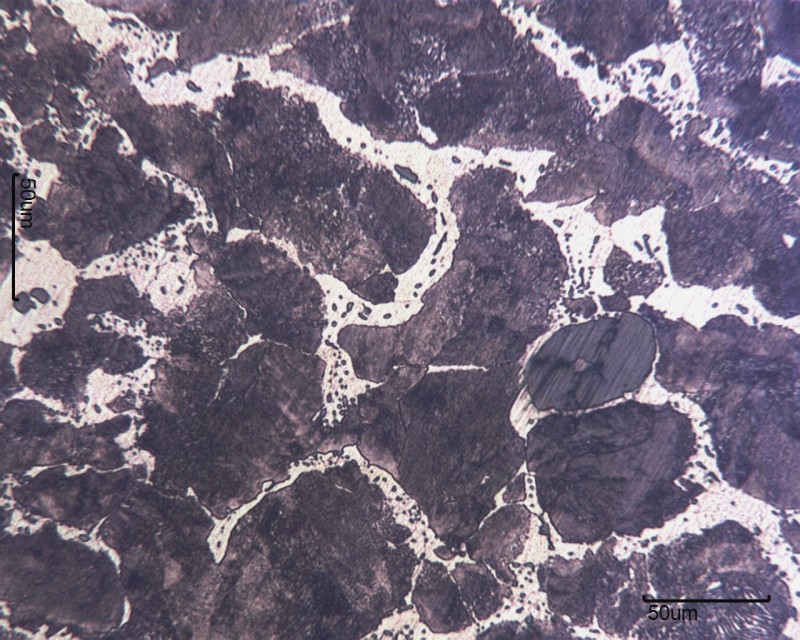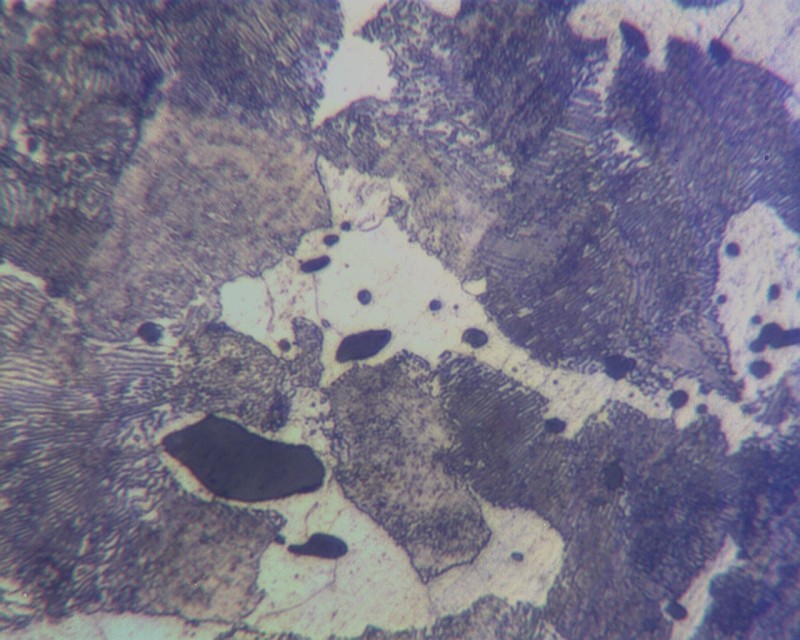From the (very nice) photos provided, the failure appears to consist of a pair of fractures that propagated from the key slot fillet surfaces. Based on the presence of a fair amount of surface corrosion, combined with significant deformation of the key slot flanks, I don't think your problem is fatigue per se. Instead, your root issues seem to be a lack of adequate corrosion protection and an unsatisfactory fit between the sprocket/key/shaft.
This component seems to be part of a gear drive. If the system was properly designed, including the shaft connection, I would expected a fatigue failure to occur first at the gear tooth root fillets which tend to have high tensile stress levels. Since the bearing journals and gear teeth seem to be in good shape, I don't think you need to change material. 1144 has advantages in terms of inherent mechanical strength, low cost, and machinability, so I'm assuming that's why you chose to use it in the first place. What you need to do is apply an appropriate type of corrosion protection to the exterior shaft surfaces, and redesign your sprocket/shaft connection so that it is rigid and there is no possibility of relative movement at the contact interface.
